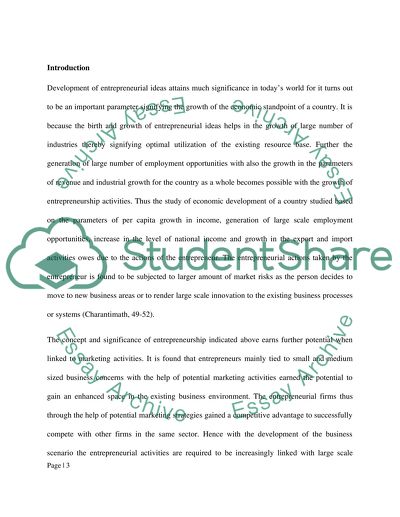Cite this document
(“Marketing and Entrepreneurship Essay Example | Topics and Well Written Essays - 2750 words”, n.d.)
Retrieved de https://studentshare.org/marketing/1390780-marketing-and-entrepreneurship
Retrieved de https://studentshare.org/marketing/1390780-marketing-and-entrepreneurship
(Marketing and Entrepreneurship Essay Example | Topics and Well Written Essays - 2750 Words)
https://studentshare.org/marketing/1390780-marketing-and-entrepreneurship.
https://studentshare.org/marketing/1390780-marketing-and-entrepreneurship.
“Marketing and Entrepreneurship Essay Example | Topics and Well Written Essays - 2750 Words”, n.d. https://studentshare.org/marketing/1390780-marketing-and-entrepreneurship.


